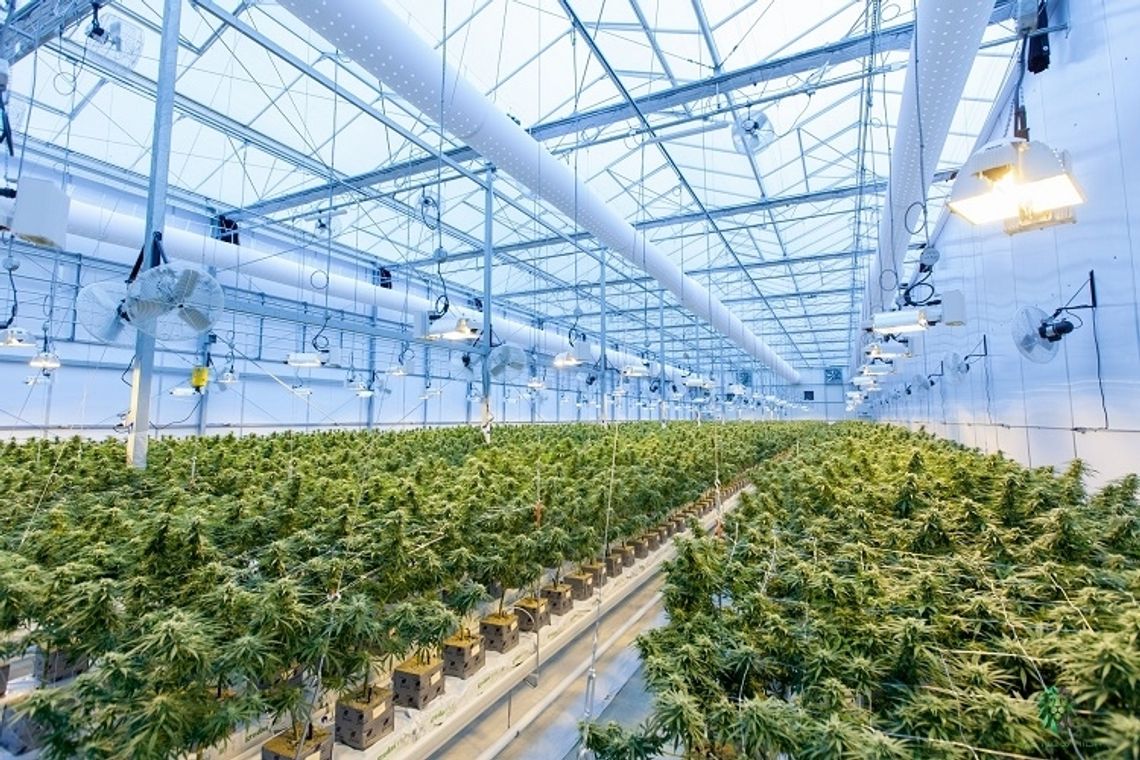Part one in a three-part series:
I recently caught the very end of an interview with a woman who lost her son to suicide because of his Marijuana use. WHAT? Pot isn’t dangerous, right? I immediately jotted down the name of her book in order to find it on Amazon. The author is Laura Stack, “a 30-year award-winning professional speaker, spokesperson, best-selling author of eight productivity books, and the mother of Johnny Stack, deceased." My interest was spiked because of one of my clients. I’d been seeing her for over a year when her behavior changed radically. My client called a couple of months after her discharge in crisis and asked for help. She stated that she didn’t know what was happening to her but she didn’t feel safe anymore. I asked if she was in trouble legally and she said no, she just didn’t feel safe. I asked if she was suicidal and she said, “Not right now”. This was not typical of my client. She was stable and with her children when I last saw her. I made time to see her, but she didn’t show up. She called again a few days later and was in a worse mental state. I was more than worried. She sounded delusional on the phone and reported auditory hallucinations and subliminal messages coming from her music and messages from a Being named “Lazarus” in texts. Her delusions were verified when she came in and showed me the texts (normal) and we listened to her music (hardcore punk, nothing she listened to previously).
In Laura Stack’s book, “The Dangerous TRUTH About Today’s Marijuana”, she tells the gut-wrenching story about her teenage son’s “Substance-Induced Psychosis” after beginning to use Marijuana. In this article, I will quote her book, so as not to plagiarize her work, and highly recommend that you read it whether you know someone who uses Cannabis products (all kinds) or not. For us, the older generation, “our “grass” contained a very low level of THC, about 2–4 %. Today’s flower can be over 40% THC, and THC concentrates can be 90+%.” (pg 2) I found this alarming at the least and I thought about my client who informed me that she “wasn’t on any drugs she just used Marijuana”. I found out sometime later that she actually used a concentrate called “Dabs” and smoked it all day long. Laura Stack’s son gradually went from smoking a few joints to using dabs every day; his story is tragic. Some may say that Marijuana isn’t addictive but that’s not true about today’s Marijuana. “Users develop Cannabis Withdrawal Symptoms (CWS) such as: Poor and decreased appetite, Mood changes, Irritability, Insomnia, and other sleep difficulties, Headaches, Inability to concentrate, Excessive sweating, including cold sweats, Chills, Increased depression, Stomach problems, Nausea, and Vomiting.” (pgs 39-40) If there is withdrawal, there is addiction.
Stack's book focuses on the effects of Marijuana on the developing brain, in other words before a person is 25 years old. The advantage of being a human is having a bigger brain that continues to develop after birth and leaves it vulnerable to environmental influences. You might have heard the saying “Nurture versus Nature”? That is what this refers to. We are born with certain traits due to our DNA but during gestation, and after we’re born, environment influences our overall development. When a pregnant mother uses alcohol or drugs, has trauma, or physically can’t support a fetus, a child is born with difficulties that affect them for the rest of their lives. When a child uses alcohol or drugs, has trauma, or is nutritionally deficient, especially before age 25, it affects their development for the rest of their lives. “Brain development kicks into high gear during puberty, so kids ages 12 to 18 are at especially high risk for anything that affects their physical and mental development.” (pg 239) “Repeated Marijuana use in teens interferes with the development of the prefrontal cortex (PFC), the part of the brain directly behind the forehead. It is the last to develop.” (pg 239) This part of the brain developing later in the teen years should help you to say “no” to risky behaviors but because it has yet to fully develop you may act without thinking about the outcome. If you “use Marijuana regularly, the PFC doesn’t develop further, or fully, making it difficult to control your impulses. It may be difficult to say no when your friends try to get you to use Marijuana.” (pg 242)
My client was not an adolescent; she is in her 30s but admitted that she’d smoked pot since she was a teenager. She used Dabs for many months prior to her psychosis. As her counselor, I executed a Legal 2000 twice for my client, which is a 72-hour hold for mental illness. The authorities were called two more times and she spent more than a month total in Behavioral Health facilities in Reno and Carson City over several months. I have her permission to tell her story here.
Cited: Laura Stack. "the dangerous TRUTH about today's Marijuana." Warrenton, VA: Freiling Publishing, 2021. https://www.amazon.com/dp/195094879X?psc=1&ref=ppx_yo2ov_dt_b_product_details
Vicki Jones has committed to writing a column on mental health for The Fallon Post. She invites the public to send Mental Health questions to [email protected] and will post her answers in her educational column called “Get Real About Mental Health.”









Comment
Comments